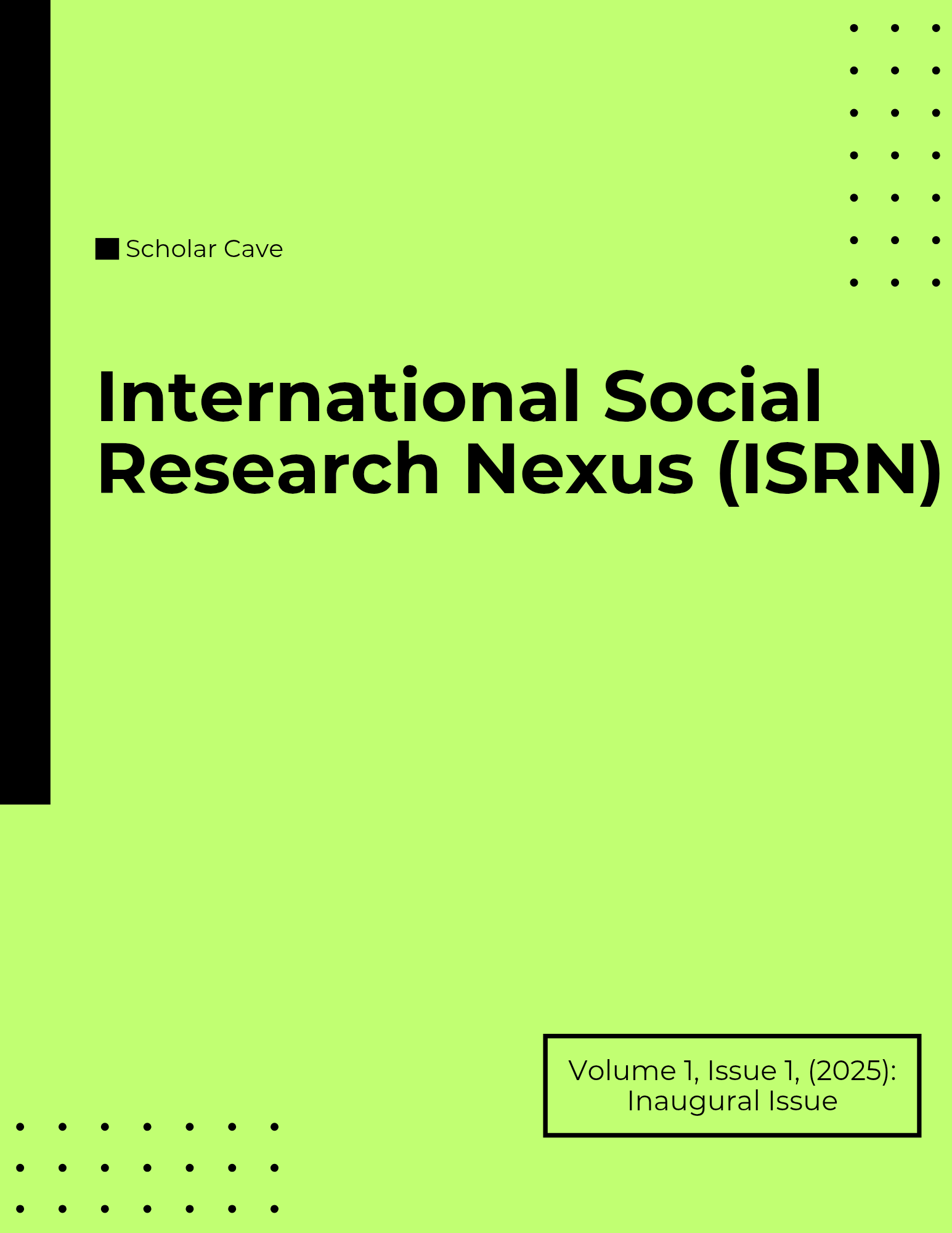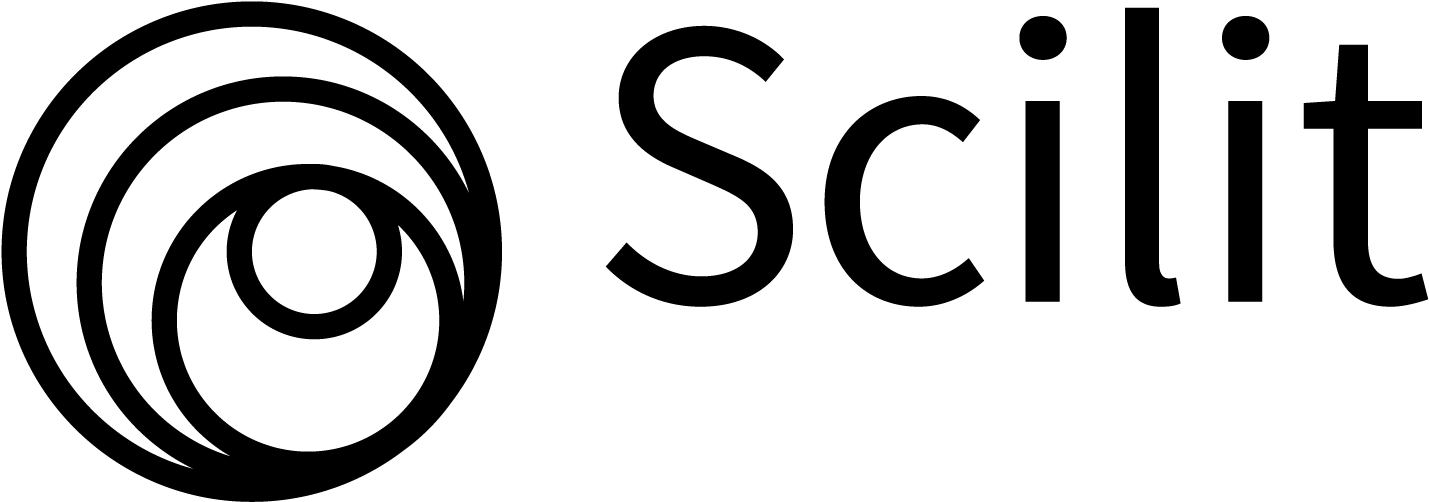The Seclusion of the Hijra Community in Bangladesh: A Theoretical Exploration of Cultural Tightness, Gender Performance and Social Marginalization
DOI:
https://doi.org/10.63539/isrn.2025004Keywords:
Hijra Community, Gender Identity, Doing Gender, Cultural Tightness, Third Gender Policy, BangladeshAbstract
In the South Asian region, particularly in Bangladesh, a third gender category popularly known as Hijra exists. Their existence lies in a paradox: the symbolic inclusion as the legally recognized third gender, alongside the social and systematic exclusion from all sides of the social sphere. This paper takes a qualitative theory-driven approach to explain the mechanism that drives the seclusion of hijra individuals from mainstream society. Drawing on secondary data such as academic journal articles, NGO reports, media reports, and government policies, the paper engages with three sociological theories- the theory of “tightness & looseness” by Michele Gelfand, “doing gender” by West and Zimmerman, and “outsider- within position” by Patricia Hills Collins. Together, the theoretical analysis sheds light on how Bangladesh, being a ‘tight culture,’ fosters strong reinforcement of binary gender norms, which results in the seclusion of hijra individuals. Within the hijra community, gendered performances and rituals illustrate the acts of agency, resilience, and means of survival. Moreover, legal recognition as a third gender solidifies marginalized status and pushes the hijra individuals into an “outsider-within” position without full institutional inclusion. The analysis concludes that the symbolic inclusion as a third gender is insufficient to include hijra individuals in the mainstream. Rather, inclusive, sociologically informed policy intervention, increased social awareness, and reimagination of gender inclusivity beyond the rigid gender boundaries are needed to create meaningful inclusion.
Downloads
Downloads
Published
Issue
Section
License
Copyright (c) 2025 Prapti Anandita (Author)

This work is licensed under a Creative Commons Attribution 4.0 International License.











